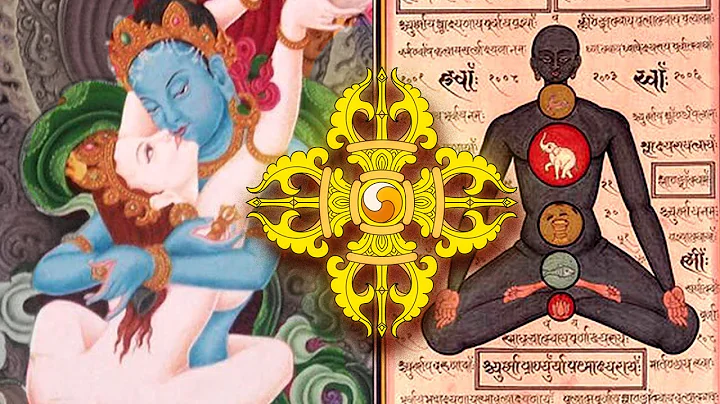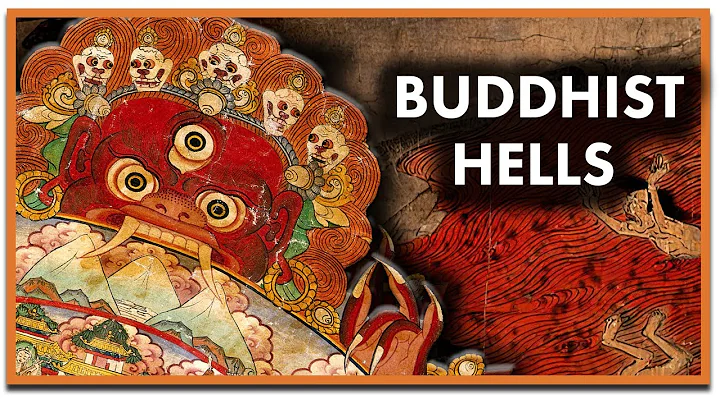The ten signs of freedom are called "Nanjiu Wangdan" in Tibetan. Nanjiu, the ten signs, are ten symbols composed of seven Sanskrit letters ("Hacha Malabaraya") plus three patterns of the sun, moon and Huijian, symbolizing Mount Sumeru and the Vajra Body. Each part; Wangdan, translated as "with ease" in Buddhist scriptures, has strength. The ten signs of freedom are: freedom of life, freedom of mind, freedom of wishes, freedom of qualifications, freedom of karma, freedom of rebirth, freedom of understanding, freedom of divine power, freedom of Dharma, and freedom of wisdom.
It is a pattern used by the Kalachakra Sect of Tibetan Buddhism to summarize the teachings of the religion. It is also called the "Ten Freedoms" and the " Kalachakra Mantra". It marks the tantric deity and its mandala and unity, expressing the highest teachings of the wheel of time in the supreme tantra, so it is considered to have sacred significance and incomparable power.
In Tibetan-related areas, people place the ten signs of freedom on pagoda doors, house doors, walls, sutra covers, rock walls, etc., which are often seen to bring good luck. Some are also made into pendants and worn as amulets. On the body, it has the effect of decoration and warding off evil spirits.
Next, I would like to invite friends to enjoy a set of ten-phase free mandala thangkas numbered 138-640388:





















![[English] Who Am I - Lecture 1 - Ven. Guan Cheng - DayDayNews](https://i.ytimg.com/vi/KU0fUs2It5o/hq720.jpg?sqp=-oaymwEcCNAFEJQDSFXyq4qpAw4IARUAAIhCGAFwAcABBg==&rs=AOn4CLDFpQUN_QwRfC7bmP4sUadq-RcYdg)
![A Moving Masterpiece 清明上河图 [English narration] - DayDayNews](https://i.ytimg.com/vi/kxff-4GktOI/hqdefault.jpg?sqp=-oaymwEcCOADEI4CSFXyq4qpAw4IARUAAIhCGAFwAcABBg==&rs=AOn4CLBtHGLeUpJNCYDJYnZTuISQ1N5Vag)


